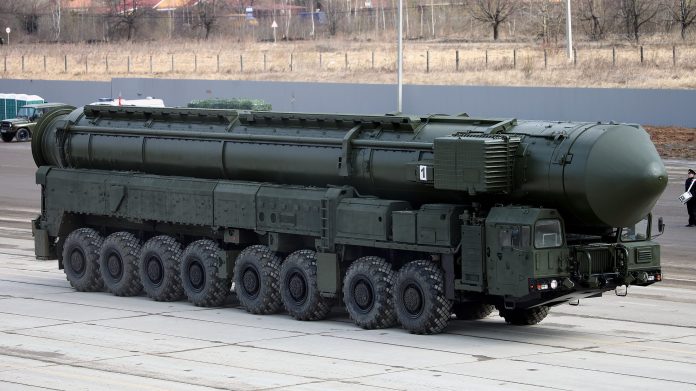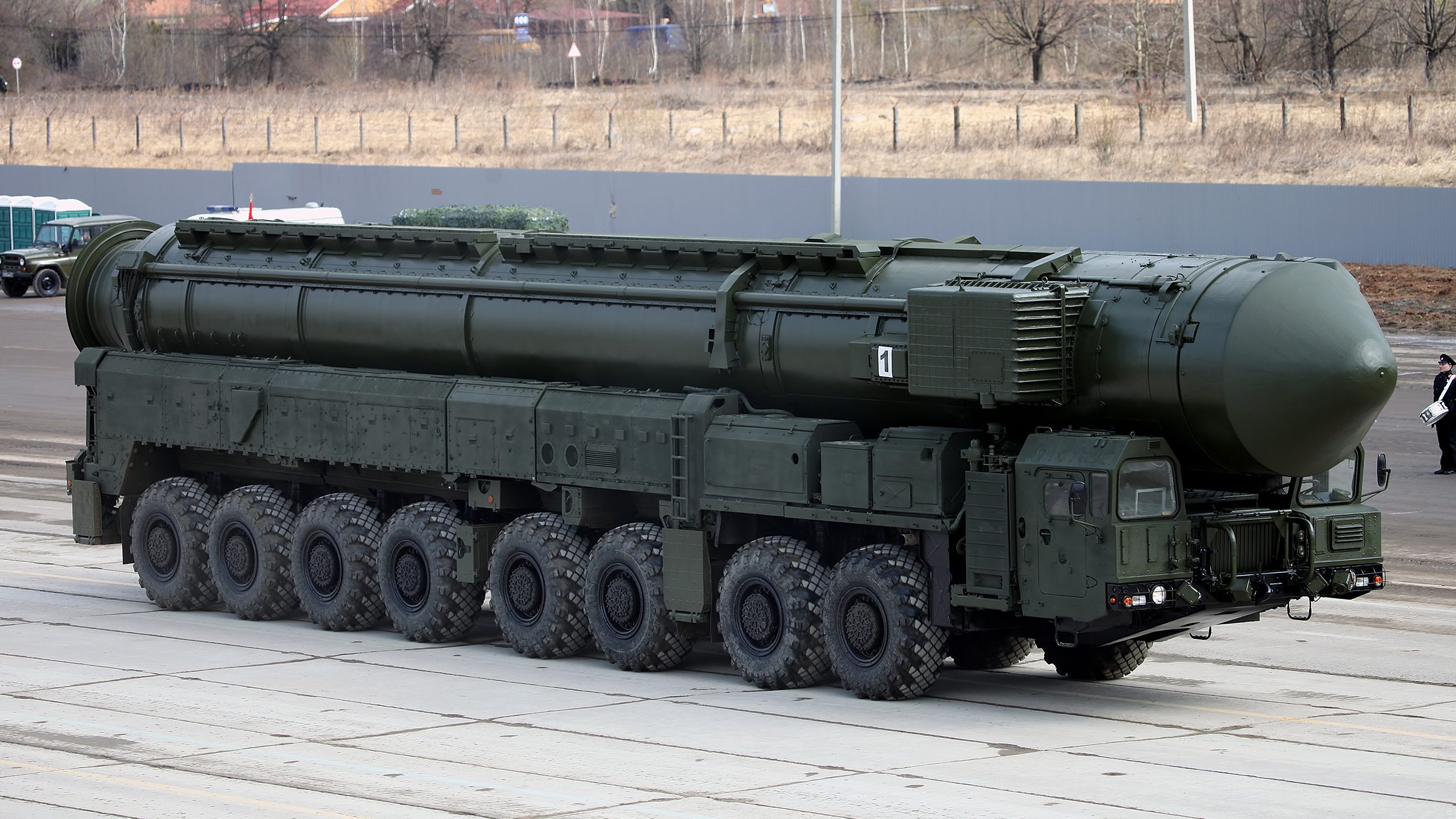
What does it look like when one of the globe’s best-kept military secrets happens to be revealed all of a sudden? In July 2025, Ukrainian intelligence provided a shock response. By obtaining a cache of internal papers linked to Russia’s latest Borei-A class submarine the Knyaz Pozharskiy Kyiv did not merely embarrass Moscow. It provided the world with an inside perspective on the very nerve center of Russia’s sea-based nuclear doctrine.
The leak took the lid off of a machine designed for stealthy strength and disaster-level power. For anyone who tracks the latest in military tech, it’s a treasure trove. These are a few things that stood out.
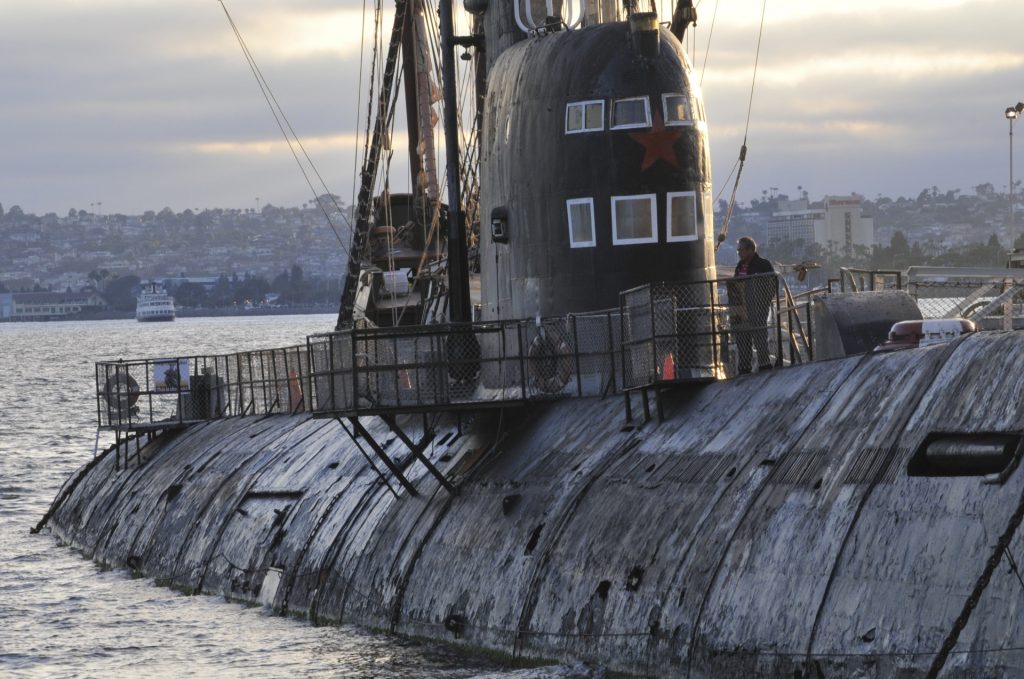
1. Ukraine Got Everything
Let’s begin with the size of the leak. Ukrainian intelligence did not pilfer a few sketches they intercepted crew rosters, engineering handouts, combat guides, and even the daily operating schedule for the sub. It’s a level of espionage almost cinematic in nature. The files delve deep, Ukraine’s Defense Intelligence Directorate says, from emergency medical evacuations to towing procedures. It’s not a technical guide they essentially captured the submarine’s diary.
For Western defense analysts, this is the type of access you rarely, if ever, receive outside of novels. All of a sudden, Russia’s newest ballistic missile submarine is no longer just a fuzzy sonar return it’s an established quantity.
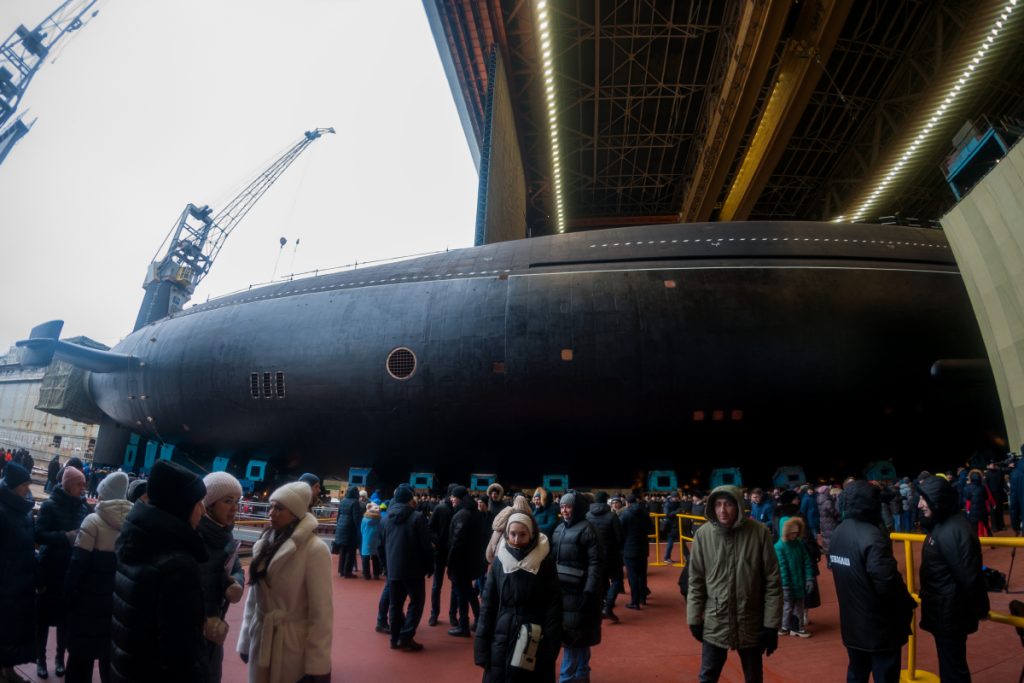
2. The Knyaz Pozharskiy: Putin’s Pride
Commissioned on July 24, 2025, Knyaz Pozharskiy is Russia’s newest addition to its Project 955A fleet, otherwise called the Borei-A class. It’s the seventh in its series but the most sophisticated yet. The improvements are not for appearance’s sake only it’s stealthier, more resilient, and carries a higher missile firepower than its predecessors.
It’s based at Gadzhiyevo, in the Murmansk region, where Russia’s Northern Fleet is based and nuclear deterrence strategy is a pillar. Putin himself attended the commissioning ceremony, a none-too-subtle reminder of how crucial this sub is to Russia’s military goals.

3. Stealthier, Smarter, Deadlier
Among the leaked documents were detailed schematics of key components like the hull, bow, and conning tower parts that had been redesigned specifically to lower the submarine’s acoustic footprint. Translation: it’s much quieter than older models, and that’s a big deal in the underwater game.
There is also a whole lot of information on survivability systems, crew structure, and how the sub is designed to function under pressure both metaphorically and literally. This is key for NATO and Western strategists. Understanding how the sub is designed and how it operates provides them with a big advantage in determining how to detect or disable it.

4. The Bulava Missiles: Still the Centerpiece
At the heart of the Knyaz Pozharskiy’s mission are its sixteen Bulava (RSM-56) submarine-launched ballistic missiles. Each has a capacity of carrying as many as ten nuclear warheads with a range of over 8,000 kilometers. They’re intended to be difficult to intercept, with reentry vehicles that can maneuver and quick launch sequences.

The Bulava started life in a rocky way problematic tests, delays in design but it’s now Russia’s first choice missile for its second-strike capability. And now, through the leak, Ukraine and friends have the operating manuals and deployment procedures. That’s not just humiliating for Russia it’s potentially game-changing.

5. Not Just Nukes: The Conventional Arsenal
While the nukes are the ones making headlines, the Knyaz Pozharskiy is no joke in the area of traditional warfare. It’s got torpedoes, anti-submarine missiles, and even a top-of-the-line anti-torpedo defense system referred to as the REPS-324 Shlagbaum. That’s a lot of defense and offense layers in one vehicle.
Documents from the intelligence haul apparently go into how all these systems work and how they’re integrated. If you’re trying to figure out how to counter a vessel like this, that information is priceless.
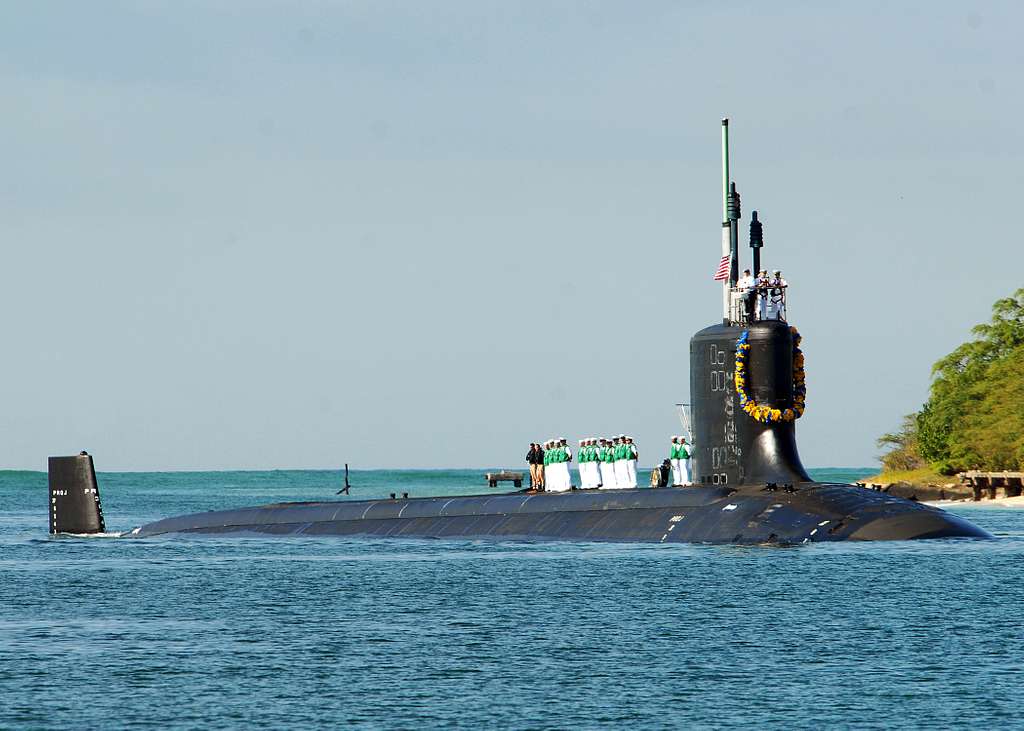
6. The Real Damage: Russia’s Strategic Secrecy
The leak is not only revealing the hardware it rips apart the entire notion of secrecy that Russia relies on in order to shield its deterrent. Submarines like this one are designed to be unseen, providing Russia with the capability to retaliate in the case of a nuclear attack. That relies on being beyond detection and unknown.
Now that its allies and Ukraine are aware of when the crew awakens, how the drills are conducted, and how the systems are operated, that surprise is much less reliable. It’s not merely a tactical blow it’s a strategic one.
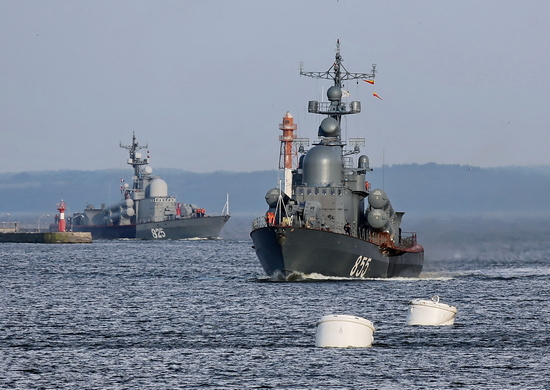
7. A Bigger Picture: Russia’s Naval Ambitions Are Hitting Limits
The Knyaz Pozharskiy is one piece of a wider program to upgrade Russia’s submarine fleet, which presently numbers 79, over half of them nuclear-powered. But that initiative is facing headwinds. Overruns at budgets, manufacturing setbacks, and cancellation of the next-generation Borei-B class all suggest constraints in what Russia can feasibly achieve.
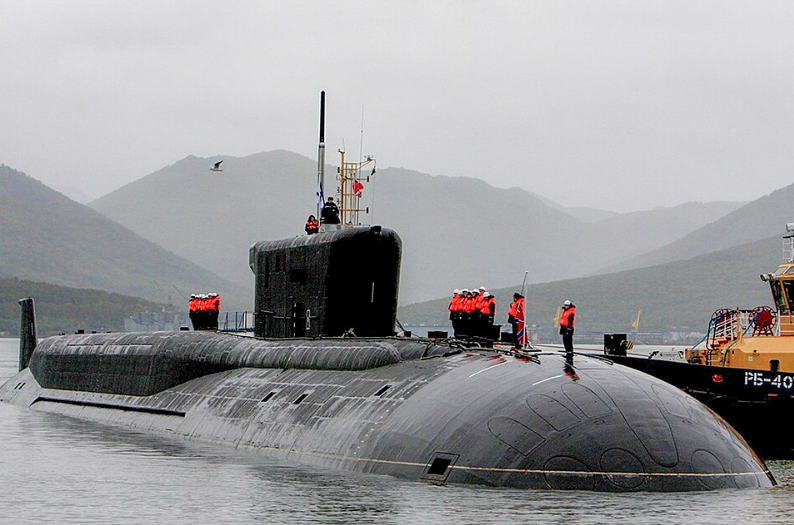
A defense official even informed state media that the Borei-B project was scrapped because it failed to meet cost-efficiency standards. In that context, the leak is not only embarrassing it makes the entire modernization effort appear questionable.
